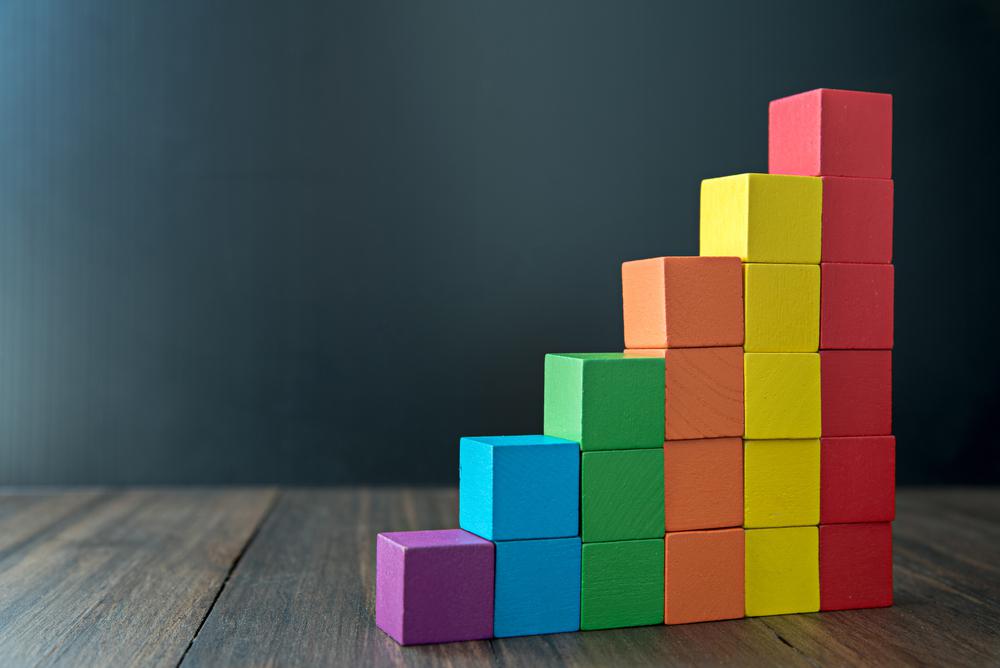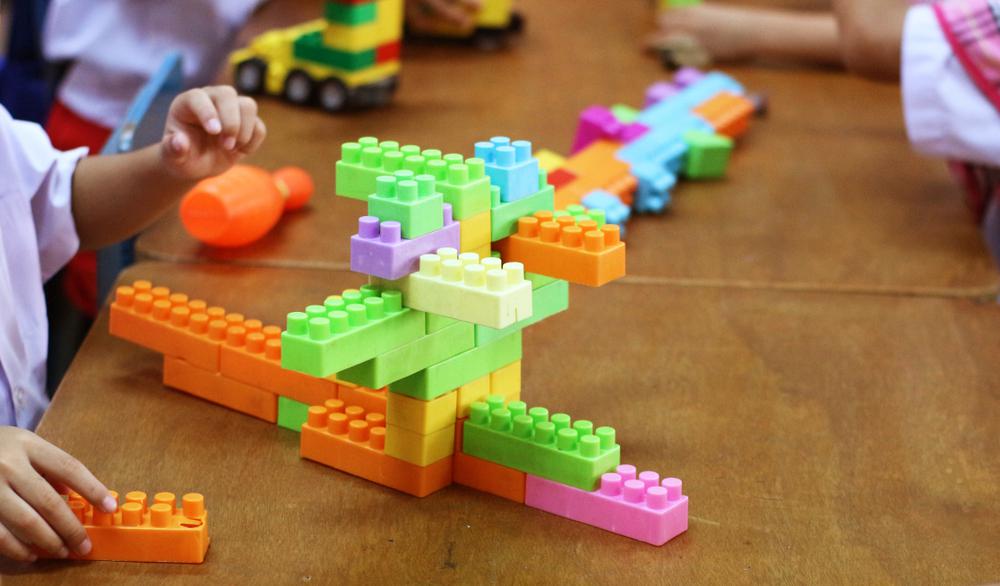Number Matching Worksheets for Ages 4-8
4 filtered results
-
From - To
Discover exciting "Number Matching Worksheets for Ages 4-8" that make learning fun and engaging! Designed by education experts, these printable worksheets help children develop essential skills, such as number recognition, counting, and matching. Perfectly tailored for young learners, each activity encourages critical thinking and problem-solving. Ideal for both classroom use and at-home practice, our worksheets support early math proficiency and build a strong foundation for future success. With vibrant visuals and captivating themes, Kids Academy ensures an enjoyable educational experience that keeps kids motivated and eager to learn. Start exploring our number matching worksheets today!
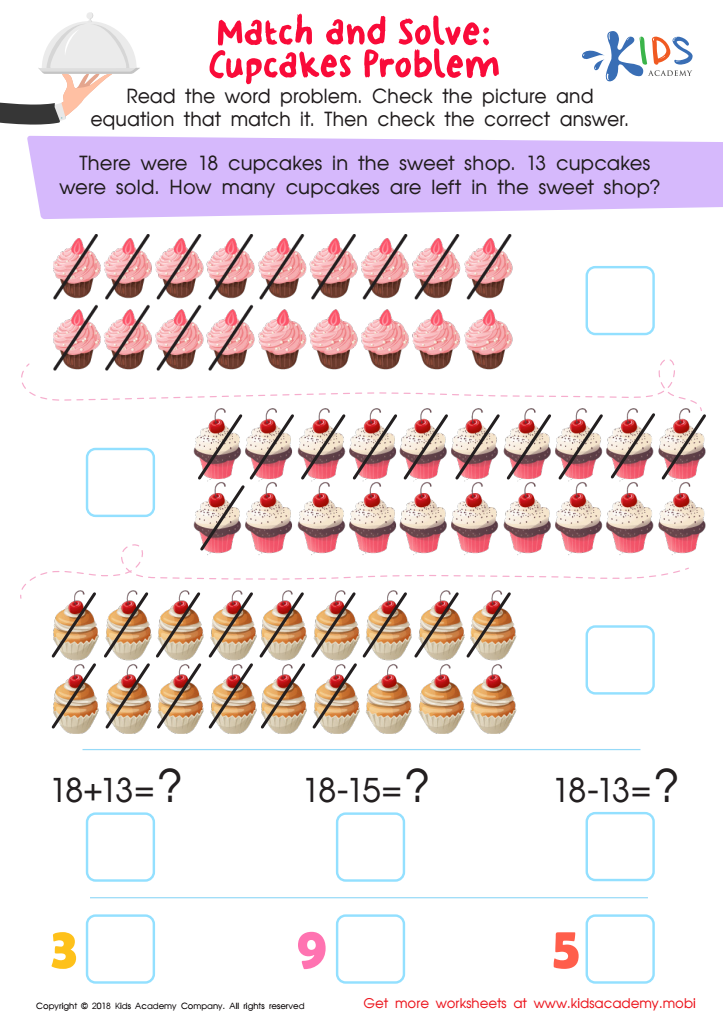

Match and Solve: Cupcakes Problem Worksheet
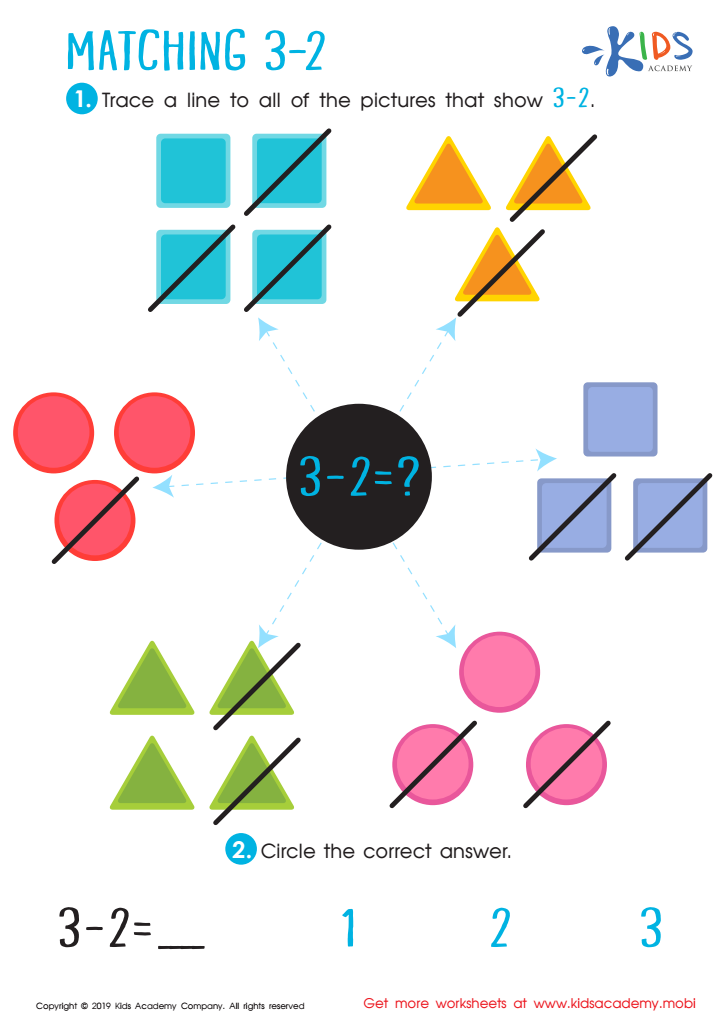

Matching 3-2 Worksheet
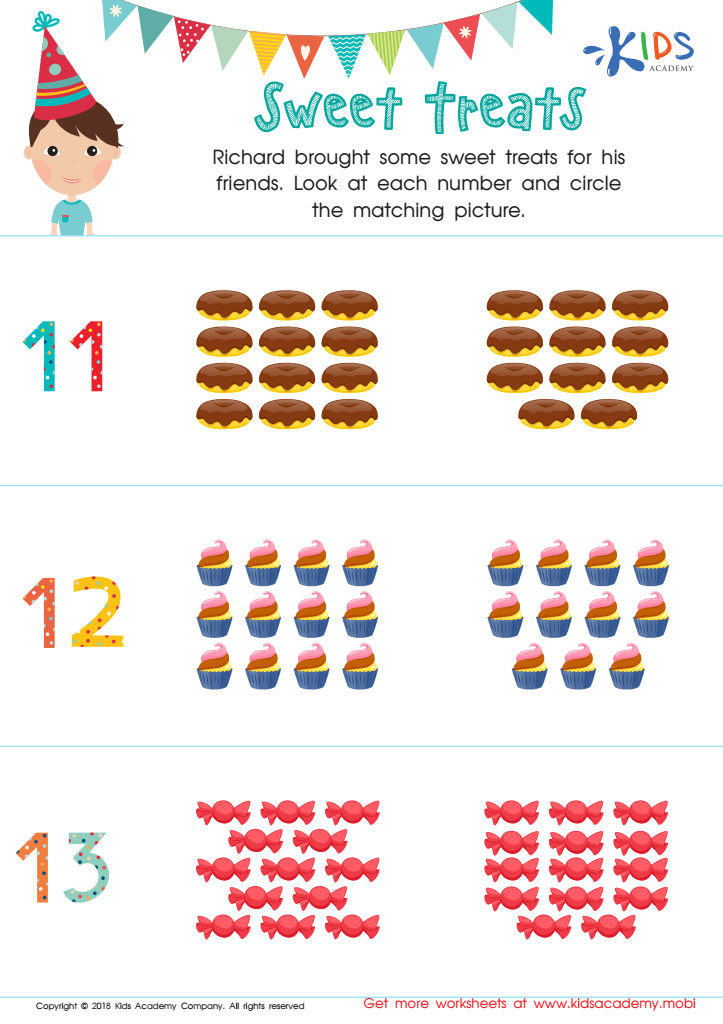

Kindergarten Math Worksheet Matching Numbers
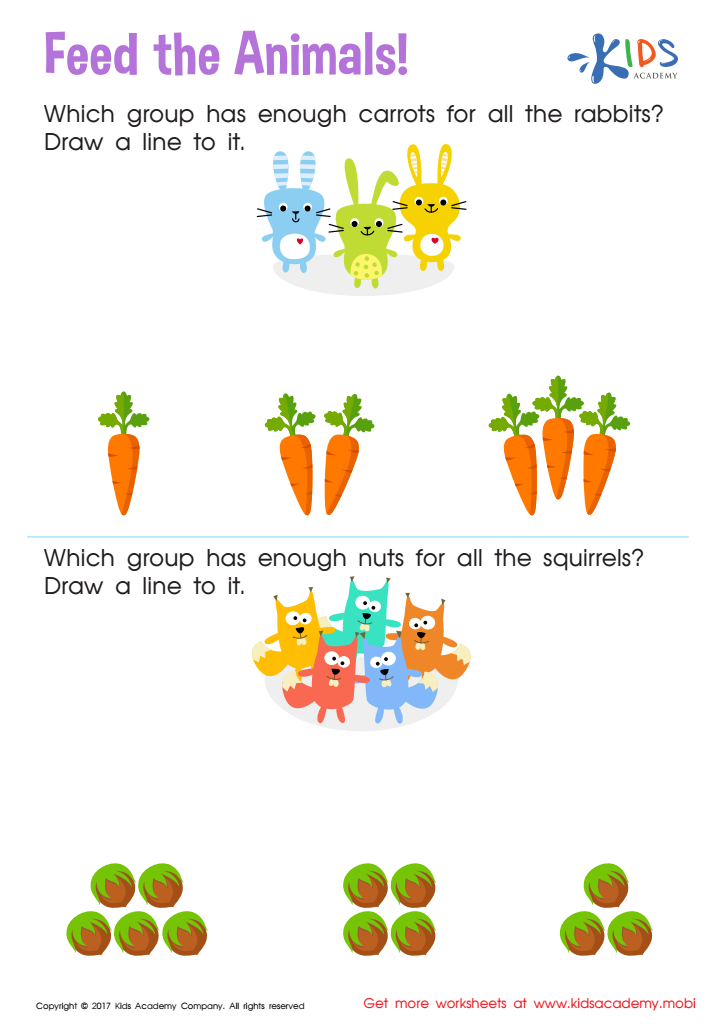

Count and Match: Feed the Animals Worksheet
Number matching for children aged 4-8 is essential as it lays the foundational groundwork for numerical understanding and math proficiency. At this early stage, young learners are developing their cognitive skills and the ability to recognize patterns, both of which are crucial for their overall academic success. By engaging in number matching activities, kids start to grasp the concept of quantity, learn to recognize numerals, and understand that these symbols represent specific amounts. This understanding translates into better number sense and sets up a smoother transition into more complex mathematical operations like addition and subtraction.
For parents and teachers, fostering an environment where number matching is a regular activity can lead to improved focus, enhanced problem-solving skills, and greater confidence in math. It also allows adults to pinpoint early any difficulties a child might have, enabling timely interventions and personalized support. Furthermore, integrating number matching games makes learning math fun and interactive, capturing and holding young children's attention more effectively than traditional rote memorization techniques.
Investing time and effort into number matching activities can yield long-term benefits, making the kids more comfortable with numerical concepts and setting them up for academic success in future math courses. Thus, it is vital for parents and teachers to include such activities in their teaching repertoire.

 Assign to the classroom
Assign to the classroom


